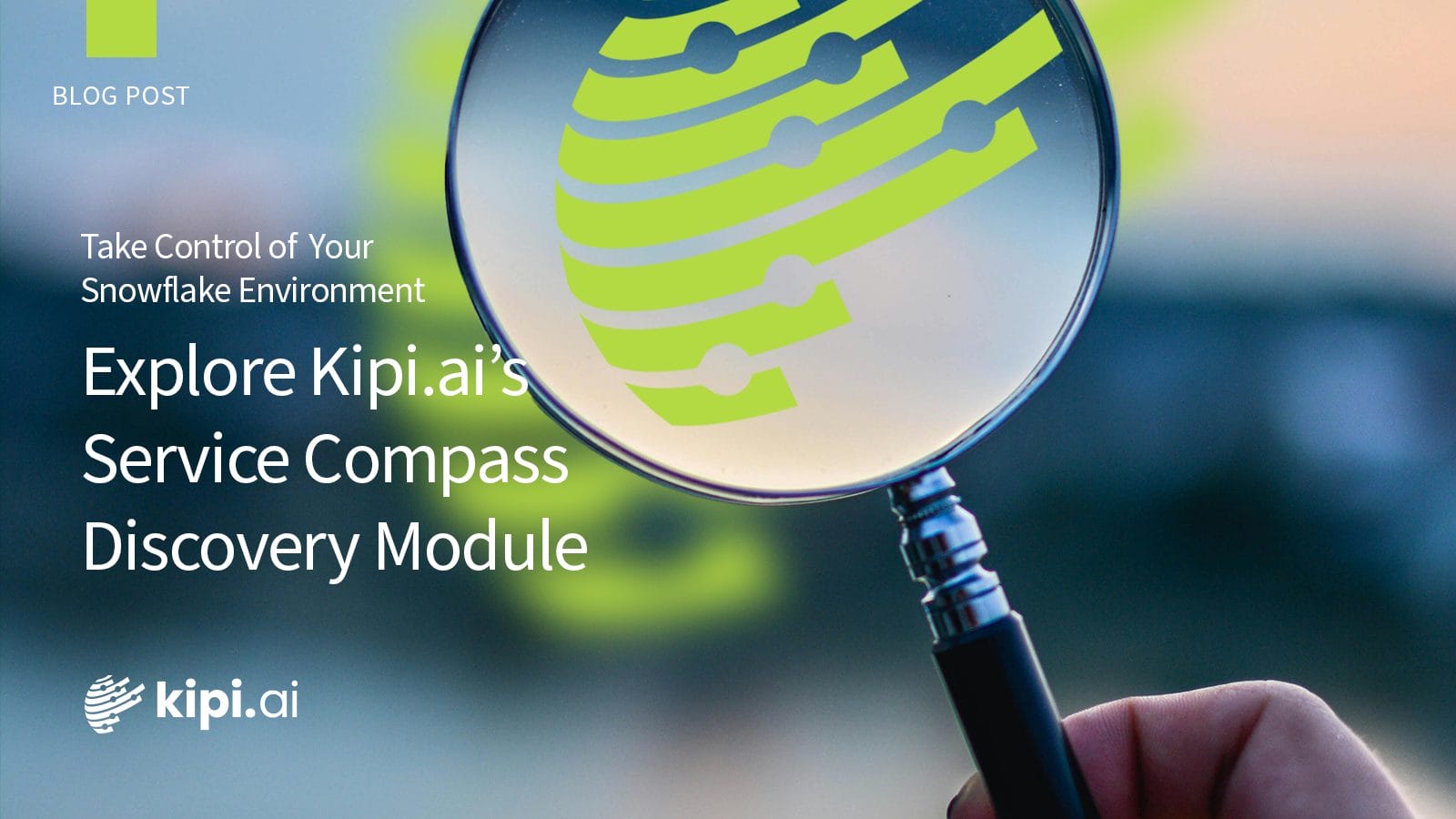Author: Rupesh Neve
Introduction
In the field of data analytics, Pandas has become a staple for Python developers due to its simplicity and versatility in data manipulation and analysis. However, when confronted with the challenges of handling data at scale, the traditional Pandas API may reveal limitations stemming from a lack of computation power. This is where the Snowpark Pandas API steps in, presenting an efficient solution to seamlessly integrate Pandas with Snowflake, a cloud-based data warehousing platform.
The Snowpark Pandas API is poised to be a game-changer for data analysts and Python developers alike. It empowers Data Engineers to execute Pandas code directly on data within Snowflake, delivering the beloved Pandas-native experience at the accelerated speed and scalability of Snowflake. This translates to the ability to work with substantially larger datasets without the necessity to migrate Pandas pipelines to alternative data frameworks or invest in larger and more expensive virtual machines (VMs).
Furthermore, the data remains within Snowflake, bolstering security and governance measures. In this blog post, we will delve into the Snowpark Pandas API, exploring its benefits and comparing it to Snowpark data frames and native Pandas. Although this feature is currently in Private Preview and may not be accessible to all users, the promising news is that it will soon be available in public preview, facilitating easy adoption for data engineers.
Benefits of using the Snowpark Pandas API
- Familiarity:
The Snowpark Pandas API provides Python developers with a familiar interface, ensuring a smooth transition and eliminating the need for a steep learning curve.
- Ease of Use:
Snowpark Pandas seamlessly combines the user-friendliness of Pandas with the scalability of well-established data infrastructure. Users can leverage Snowflake’s techniques without the complexities of code adjustments, ensuring a seamless transition from prototype to production.
- Security and Governance:
Snowpark Pandas ensures data remains within the secure confines of the Snowflake platform. This guarantees uniformity in data access and simplifies the processes of auditing and governance.
- Easier Operations and Administration:
Snowpark Pandas streamlines operations by leveraging Snowflake’s robust engine, eliminating the need to set up or oversee additional compute infrastructure.
As we explore the Snowpark Pandas API and its benefits, let’s delve into its distinctions from Snowpark dataframes and native Pandas dataframes and discuss how users can derive advantages from these differences.
Native Pandas vs. Snowpark Pandas API
- Execution:
Native Pandas operate on a single machine, handling data solely in-memory. In contrast, Snowpark Pandas seamlessly integrates with Snowflake, enabling distributed data processing across a cluster of machines, designed to accommodate considerably larger datasets.
- Evaluation Approach:
Native Pandas executes operations instantly, solidifying results entirely in memory after each individual operation. In contrast, Snowpark Pandas emulates an eager evaluation method to Pandas but constructs a query graph that is evaluated lazily for optimization purposes, leading to reduced costs and runtime.
- Data Sources and Storage:
While Native Pandas supports a broad spectrum of data formats through various readers and writers, Snowpark Pandas excels in reading and writing data from Snowflake tables.
- Data Types:
Native Pandas boasts a diverse array of data types, encompassing integers, floats, strings, datetime types, categorical types, and even user-defined data types. These data types closely align with the underlying data and are enforced rigorously. On the other hand, Snowpark Pandas interprets Pandas data types and maps them to SQL types within Snowflake.
Now that you have gained an understanding of the Snowpark Pandas API, let’s proceed to try out an example by setting up the Snowpark Pandas API on your machine. Follow the steps below to achieve this quickly.
Prerequisites: Python 3.8, 3.9 or 3.10 installed on your machine.
Steps to Implement
Step 1: Create Python Environment
Create a new Python virtual environment and activate it. Conda can be used to create and activate these virtual environments.
Python code snippet:
conda create –name snowpark_pandas python=3.8
conda activate snowpark_pandas
Step 2: Install API Module
Install the Snowpark Pandas API module by using pip command in the newly created virtual environment.
Python code snippet:
pip install “<snowpark_pandas_wheel_file>[pandas]”
Step 3: Connect to Snowflake
Make a connection with Snowflake by following the below piece of code. You can create this connection implicitly (via config file) and explicitly.
Python code snippet:
from snowflake.snowpark import Session
conn_params = {
‘account’: ‘<myaccount>’,
‘user’: ‘<myuser>’,
‘password’: ‘<mypassword>’,
‘role’: ‘<myrole>’,
‘database’: ‘<mydatabase>’,
‘schema’: ‘<myschema>’,
‘warehouse’: ‘<mywarehouse>’,
}
session = Session.builder.configs(conn_params ).create()
Step 4: Import API
Import Snowpark Pandas API in the code and use the functionalities of it.
Python code snippet:
import snowflake.snowpark.modin.pandas as pd
df = pd.DataFrame([[9,8], [6, 5]])
Conclusion
The Snowpark Pandas API stands out as a formidable addition to the capabilities of Snowflake, seamlessly introducing the ease and familiarity of Pandas into the realm of data analytics. Data Engineers and Data Analysts can readily incorporate this powerful functionality into their daily workflows, capitalizing on the robust features provided by Pandas.
Finally, its applicability extends to diverse tasks such as ML model building, data wrangling, data cleaning, and proves invaluable for exploratory data analysis (EDA), time series analysis, among other applications. Its seamless scalability, coupled with the added advantages of security and governance, positions it as an essential tool for Python developers and data analysts dealing with substantial datasets.







